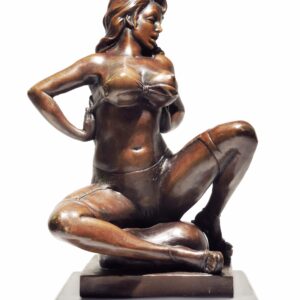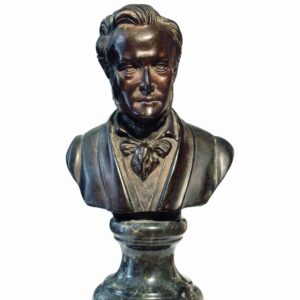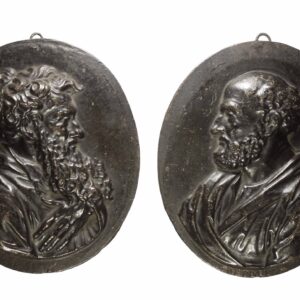Description
The Blue dancer, which was created in 1913, is one of Archipenko’s greatest achievements as a sculptor. Here, the artist captured the flexible body of the dancer in the middle of the movement, when she balances on her tiptoes. Created at the height of the Cubist movement, this impressive sculpture demonstrates the dynamic relationship between the figure and the surrounding space with a grace reminiscent of Degas’ bronze dancers. At the time he completed this work, Archipenko was living in Paris, and his experiences with the avant-garde had a profound effect on his artistic development.
Archipenko 1887 Kyiv – 1964 New York
Avant-garde artist, sculptor and graphic artist. He was one of the first to apply the principles of Cubism to architecture and analyze the human figure into geometric forms.
1902 – 1905 Kyiv Art School
In 1906 he moved to Moscow, where he participated in group exhibitions
1908 he moved to Paris
1912 his first exhibition in Hagen, Germany
1914 he moved to Nice
In 1920 he participated in the 12th Biennale Internazionale dell’Arte di Venezia
In 1922 he participated in the First Russian Art Exhibition in Berlin, together with Alexandra Ekster, Kazimir Malevich, Solomon Nikritin, El Lissitzky and others.
In 1923 he emigrated to the United States
1933 exhibits in the Ukrainian pavilion in Chicago
In 1936 he participated in the exhibition of Cubism and abstract art in New York









